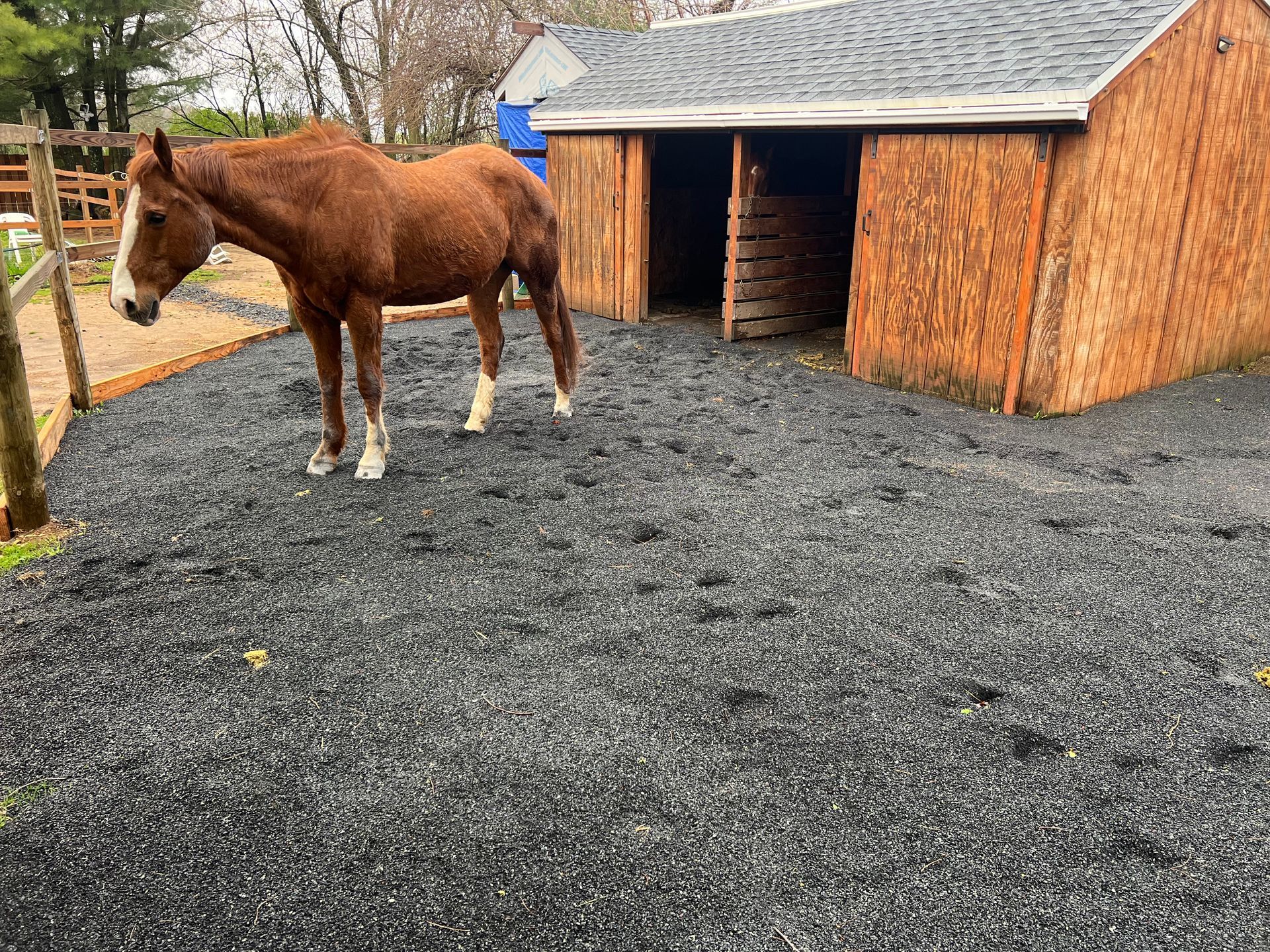Should horses have duck feet?
This is a subtitle for your newOne Minute Discussions #13
Discussing Natural Hoof & Horse Care
SHOULD HORSES HAVE DUCK FEET?
Silly question? Not at all! It’s unbelievable how many “duck feet I come across on horses. They look so similar! Check out the photos!
But seriously, why is this “pandemic” of duck feet so popular in the horse world?
Its a combination of different factors… 1)diet 2)trimming 3)movement.
1)When the horse is eating a high sugars/starch diet the internal structures suffer from inflammation and they can deform. Since the hoof is such a flexible structure it can deform into a ducks foot.
2)If the foot isn’t trimmed properly by a professional then we start to notice horrible changes to the feet. We’ll start noticing flares, bad white line connection, cracks, thin soles, trushy frogs and weak caudal structures.
3)No movement = No horse. That’s the saddest part of this “pandemic”. Horses are getting locked up in stalls and don’t have the movement they should have. While standing in mud and fecal matter they develop bacterial infections.
As you see, quite a lot to think about. Believe me, 99% of the time all these hoof problems are man made. When we correct them we start seeing changes.
So next time you come out to see your horse take a look at their feet… who knows, perhaps you have a duck in disguise!😆
Denys A.
